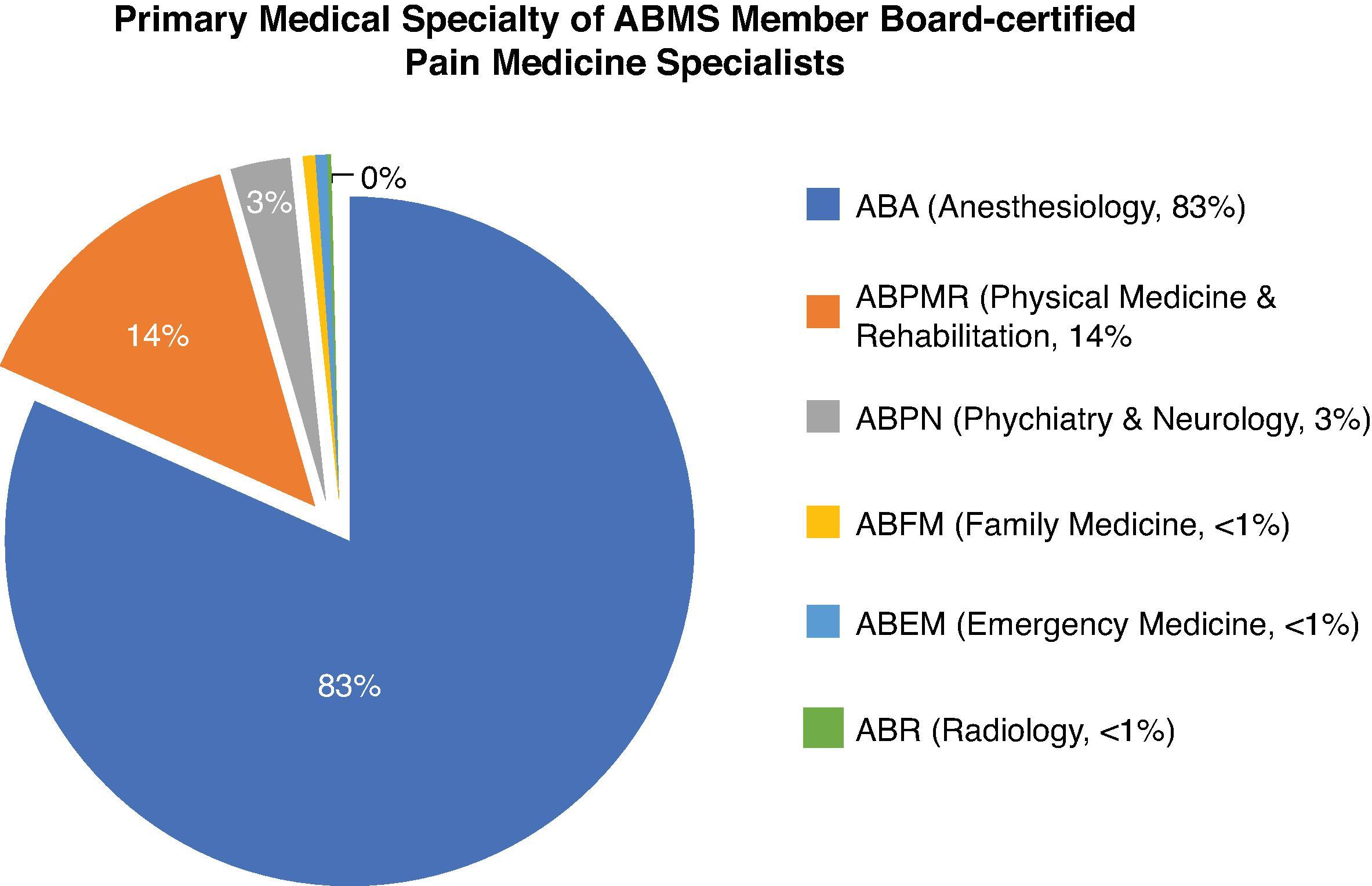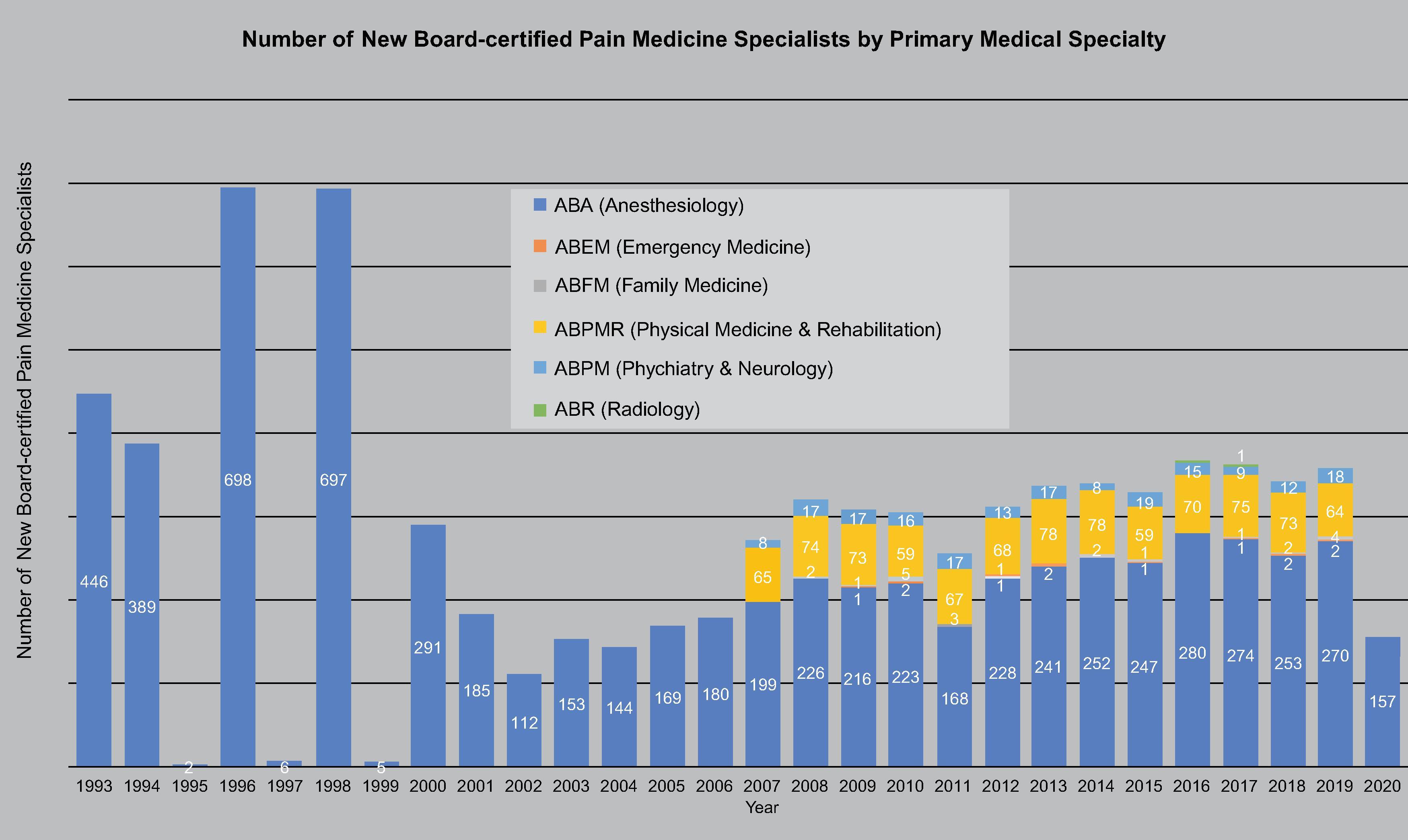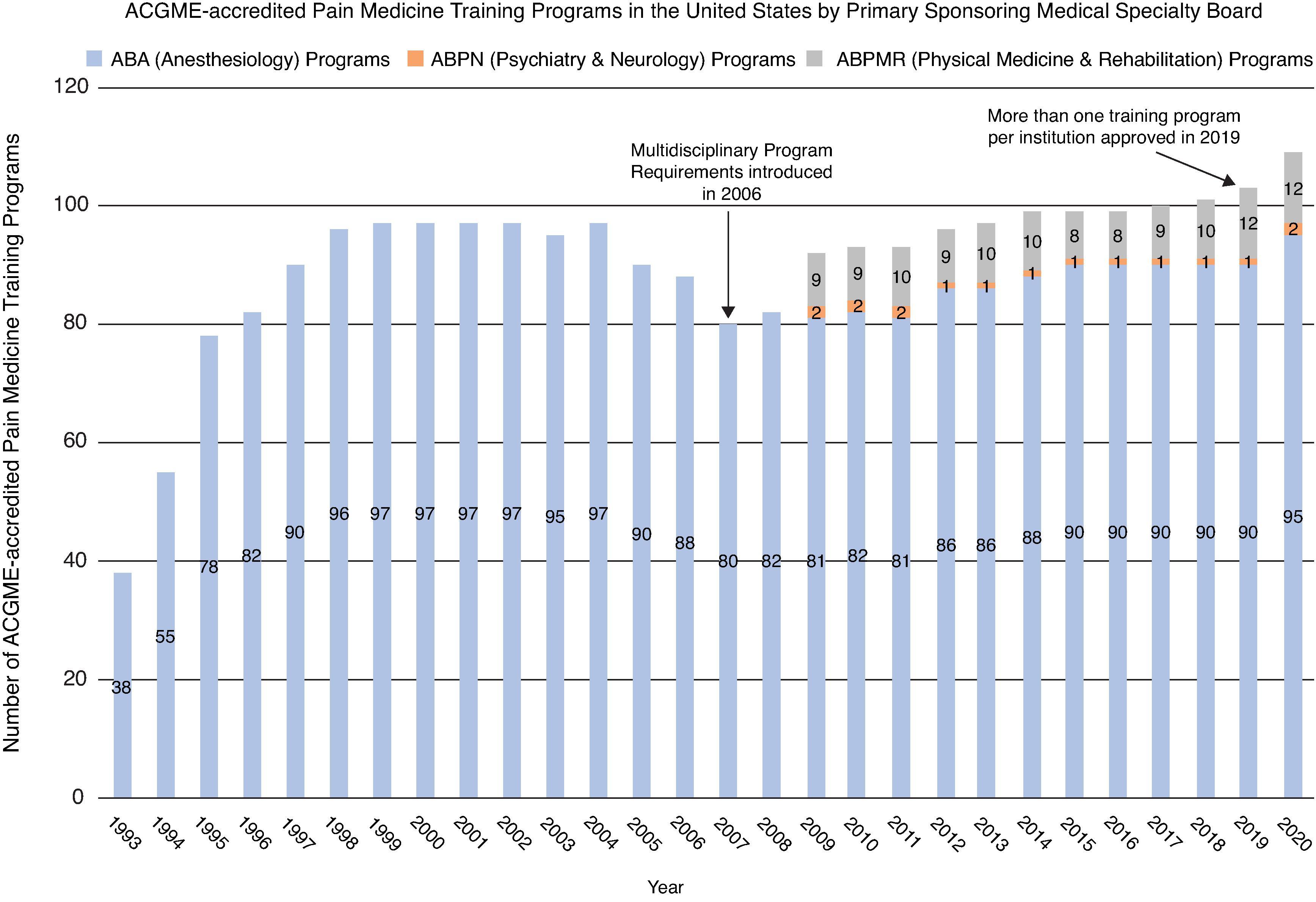Physical Address
304 North Cardinal St.
Dorchester Center, MA 02124
As medical knowledge expands, there is a natural progression toward specialization. No physician can become an expert in every field, yet there is discomfort with this inevitable narrowing of focus. The urge to both specialize and remain unspecialized dates back to the earliest recorded history in medicine. The first specializations were between barber surgeons and internists; a rivalry of sorts remains to this day. Writing about Ambrose Paré, the 16th century physician who elevated the role of barber surgeons to that of other physicians, the present-day surgeon and historian Sherwin Nuland reflected on the ongoing distinction between internist and surgeon :
Surgery is an exercise in the use of the intellect. Heckling internists, with tongues barely in check, would prefer that surgical specialists be viewed merely as dexterous craftsman who carry out the routing errands assigned to them by their more cerebrally endowed medical overseers. I attribute this teasing raillery to a kind of good-natured fraternal envy, not so much of our celebrity status, but rather of the visibility of the cures we surgeons achieve and the particular personal gratification we have while doing it.
In the United States, anesthesiology has progressed toward further specialization, first with the establishment of critical care, then pain management (now pain medicine), and more recently pediatric anesthesiology, cardiothoracic anesthesiology, regional anesthesia, and acute pain medicine. With specialization comes a conscious effort to focus practice so that one becomes intricately familiar with a more limited realm. The obvious result is the loss of the skills and knowledge needed to practice in the broader parent specialty. In pain medicine, many now view this as a full-time vocation. The scientific meetings and journals that keep pain medicine specialists up to date have little overlap with those designed to serve anesthesiologists practicing in the operating room. A common thread between the technical skills needed in the pain clinic and those required for anesthesiology in the operating room is expertise in neural blockades. With the advent and portability of ultrasound guided blockade, procedures initially reserved for the perioperative setting, e.g. transversus abdominus plane (TAP) blocks, are now being adapted for use in the treatment of chronic pain conditions. The pain medicine practitioner must acquire a vastly different skillset from those practicing anesthesiology, including expanding their skills as diagnosticians. Pain physicians need to be able to distinguish between conditions appropriately treated with injections and those requiring surgical intervention, e.g. lumbar radicular pain associated with rapidly progressive neurologic deficits. They need to know when to hold off on interventional therapies and pursue further diagnostic testing in patients who display “red flag” signs or symptoms consistent with malignancy, infection, and other serious disorders. The skills of a pain physician must also include expertise in having difficult conversations and the ability to coordinate and collaborate with other specialists.
Much has been written about the origins of pain medicine as a distinct discipline, and anesthesiologists have played a primary role since its inception. It started with the introduction of effective general anesthetics in the mid-19th century, when surgical pain could be separated from surgery. Almost 100 years later, the late John Bonica, an anesthesiologist and recognized father of the specialty that we now call pain medicine, developed his career by promoting multi-disciplinary pain care and formal training of specialists. From his life’s work, we now have extensive ongoing efforts to recognize and treat pain effectively, train subspecialists, and conduct basic and clinical research to understand pain and its treatment further. The International Association for the Study of Pain, founded in 1974, its United States chapter, the (now dissolved) American Pain Society, and the journal Pain are legacies left by Dr. Bonica for our patients.
Accredited fellowship training in pain medicine is a relatively recent development. Before 1992, training was frequently obtained in academic anesthesiology departments, including those of Bonica, Bridenbaugh, Carron, Haugen, Moore, Raj, Winnie, and others, and subsequently in programs run by their trainees. These unaccredited programs advanced the specialty, widened interest in pain medicine as a career, and propagated pain care in smaller and smaller communities across the country. Outside the United States, this type of informal training remains the rule for those seeking expertise in pain medicine. In the United States, the American Board of Anesthesiology (ABA) developed an interest in certifying pain medicine specialists following their training. Through the leadership of Dr. William Owens in his roles in both the ABA and the Accreditation Council on Graduate Medical Education (ACGME) and through his representations of the subspecialty to the American Board of Medical Specialties, formal training programs were accredited, and physicians were certified. Drs. Stephen Abram and John Rowlingson were both key members of the group that assisted Dr. Owens in moving the new subspecialty forward.
The first programs were accredited by the ACGME in 1992. The number of ACGME-accredited programs and trainees in accredited programs has grown steadily over the past decade, and there are now more than 100 training programs that turn out about 300 new pain specialists each year. Working in parallel with ACGME, the ABA developed a subspecialty certification examination in pain medicine, first named the “Certificate of Added Qualifications in Pain Management” and now titled “Subspecialty Certification in Pain Medicine.” The first examination was given in 1993. This examination is written and edited by a multi-disciplinary group of experts in the fields of anesthesiology, physical medicine and rehabilitation, neurology, and psychiatry. The number of candidates taking the examination has grown steadily since the initial examination (see Fig. 7.1 ). The fastest growing cohort of examination candidates have been from the specialty of physical medicine and rehabilitation (see Fig. 7.2 ).


Dr. Bonica,s original push to develop multi-disciplinary pain care recently evolved into a collaboration between four specialties that agreed to a single and unified set of program requirements for all ACGME-accredited pain fellowships, regardless of the sponsoring specialty. The ACGME Residency Review Committees for Anesthesiology, Neurology, Physical Medicine, and Rehabilitation and Psychiatry agreed on these requirements in late 2005, and the ACGME board approved their implementation for 2007. These requirements have standardized pain fellowship training programs. After the introduction of new training requirements in 2007, several programs closed because of unwillingness to adopt a multi-disciplinary approach, and thus only the more comprehensive programs were left to continue the training of physician pain specialists (see Fig. 7.3 ). Programs have begun to produce more comprehensive and multi-disciplinary focused physicians from a broader range of primary disciplines. Other groups also encourage a more comprehensive approach to pain care, with the linked American Academy of Pain Medicine and the American Board of Pain Medicine likewise devoting energy to a multi-disciplinary approach. Equally important in the evolution of the discipline is the creation of academic physicians within the fellowships who undertake research programs to add new knowledge to guide clinical practice in this area of medicine.

Pain and its consequences draw on resources from all medical disciplines. Dr. Bonica’s experiences during World War II suggested that each medical specialist had unique expertise to bring to patients suffering pain, hence his consistent and effective promotion of a multi-disciplinary process for pain care. Thanks largely to Dr. Bonica, anesthesiology has led the development of formal training programs. Indeed, most currently accredited programs reside within academic anesthesiology departments, and most program directors are anesthesiologists. Specialists from other disciplines have also focused their clinical and research efforts on pain. The most obvious example is neurology, from which the majority of clinical treatment and research on headache has arisen. The field of physical medicine and rehabilitation has also had a focus and expertise on functional restoration, and physiatrists lead many chronic pain rehabilitation programs. The pain expertise of these specialties brings together complementary concepts for overlapping areas in expertise, e.g. in the treatment of low back pain and chronic headache, the most common causes of chronic pain in the United States and internationally. Moreover, psychiatrists and psychologists have been closely involved when pain, depression, and substance abuse overlap. During the last decade, specialists from these other disciplines have been seeking subspecialty training in pain medicine with increasing regularity. Close interaction with fellows from specialties outside their own has led some fellowship graduates to join or start multi-disciplinary pain practices upon graduation, continuing the collaborative care they learned in their training. Pain societies, such as the American Society of Regional Anesthesia and Pain Medicine and the American Society of Interventional Pain Physicians, once anesthesiology based, are now multi-disciplinary.
The range of practitioners declaring themselves pain medicine specialists is extraordinary, from clinics that provide largely or solely cognitive-behavioral approaches to chronic pain through functional restoration programs all the way to the type of clinic that offers nothing more than injections of various sorts. “Interventional pain medicine” is a phrase that has been coined for techniques that involve minimally invasive treatments and minor surgery as part of their application, including neural blockade and implantable analgesic devices. Despite the paucity of scientific evidence to guide pain practitioners, particularly evidence to support the use of many interventional modalities, many techniques with efficacy based on limited observational data have been adopted into widespread use. Many organizations have published guidelines on the appropriate use of interventions and other therapies to treat pain conditions. Still, there is no single practice pattern that pain specialists can point to as being the correct way to treat patients with chronic pain. Training programs vary widely in the scope of what they train practitioners to do. The best pain medicine practitioners strike a reasonable balance between interventional and non-interventional management. This practice pattern is sustainable, and those adopting a balanced style of practice will be able to adapt to the evolving scientific evidence that appears in support of pain treatment, regardless of the type of treatment. A balance between treatment modalities also allows practitioners to switch from one mode to another or to incorporate multiple treatment approaches simultaneously. The use of these interventional modalities is just one part of the expanding armamentarium of a skilled pain practitioner, which now also includes complementary and alternative therapies.
Become a Clinical Tree membership for Full access and enjoy Unlimited articles
If you are a member. Log in here